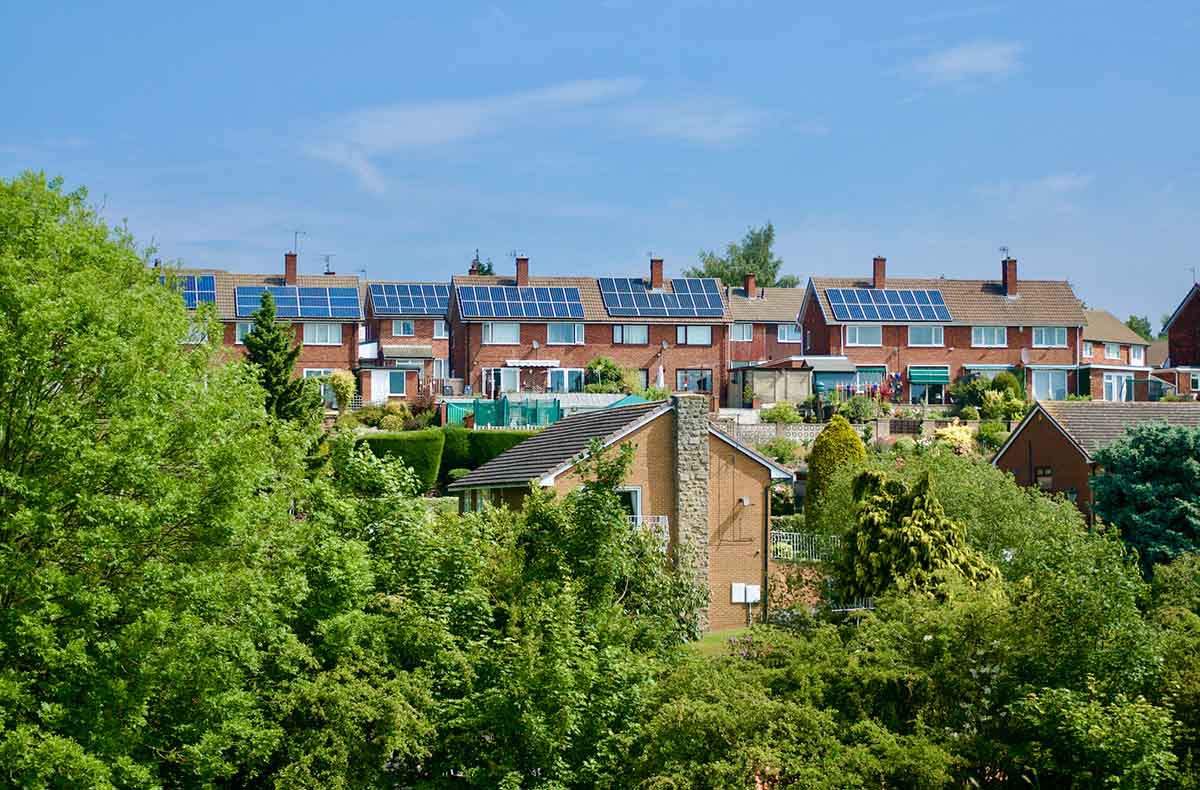
China: omnipresent superpower, “factory of the world,” unmissable investment opportunity… or outsized facilitator of transnational organized crime?
Everybody, it seems, has a strong view of China and its place at the apex of global politics, economics, and business. While the country’s authoritarian and (still officially) communist state activity raises some eyebrows—for example, its treatment of Uyghurs in Xinjiang—China’s powerhouse economy has long created business opportunities from South Africa to the UK and US.
Economically, at $18.2 trillion per annum, China is too big to ignore. Politically and militarily (don’t mention Taiwan!), it continues to cause concern. Culturally, China remains a mind-blowing hotbed of ancient and modern history.
But how do those of us who write about crime currently view China?
The Global Initiative Against Transnational Organized Crime (GI-TOC) places China 41st on its worldwide ranking of crime hotspots, a bigger threat than the US (66th) and UK (99th).
But what types of crime?
Helpfully, two detailed reports on China were recently published by the pioneering Washington-based think-tank Global Financial Integrity (GFI): Made in China and Everything, Everywhere All At Once.
Predictably, the picture GFI paints is of a China so big it attracts or invites the sort of illicit activity experienced across the US, Europe, and the developed world—and the exploitation of an equally familiar group of “developing” states or populations. But something marks China out from this crowd: scale.
GFI reports the country plays an “outsized role” in transnational crime, with illicit finance flows such as trade-based money laundering “mirroring its growth as an international super-power.”
There is no better example than China’s “Belt and Road Initiative” (BRI): the country’s $200bn global infrastructure strategy adopted in 2013, which forms the centerpiece of President Xi Jinping’s foreign policy. It aims to build or link China’s trade routes around the world, giving the state a permanent economic (and often physical) presence in a mind-boggling range of countries. The BRI currently spans 149 nations.
Research by GFI and King’s College London indicates the swift development of China’s BRI has facilitated trade, but with the offshoot that a sizable chunk of that trade is illegal.
GFI and King’s warn: “As with the inception of the internet, the BRI has not been designed and implemented with the aversion of crime in mind, which may lead to negative developments including the expansion of illicit supply chains.”
One crime likely to intensify due to the BRI is corruption within public bodies across states through which the BRI passes. For example, the corruption of border staff or agencies on new road or rail routes used by traffickers.
In terms of traditional criminal activity, China’s domestic drug industry alone is estimated at $82bn annually—a huge figure by global standards. But it is China’s role as a national and global hub for people trafficking that perhaps causes more alarm. The Global Slavery Index estimates there are some 3.8 million trafficking victims in China, a figure higher than the entire population of Uruguay (3.5m). These are all victims of trafficking for sex, forced labor, or other crimes.
The GFI report states: “Pairing the International Labor Organization’s average annual profit of $5,000 per victim in the Asia-Pacific region with the Global Slavery Index’s estimated 3.8 million trafficking victims in China gives a rough estimate for the value of human trafficking in China at $19 billion.”
These are obscene figures, albeit across a state with a population of 1.43 billion people, and the international community is right to condemn China’s checkered response to investigation and enforcement—however carefully worded such condemnation has been, given most states’ economic ties with China.
GFIs leadership has urged China to “design and enact legislation solely focused on human trafficking.” But the think-tank’s reports recognize that a barrier to progress is the extent of state-sponsored forced labor, including across Xinjiang, facilitating certain transnational crimes. GI-TOC separately reports that while Uyghurs, for example, are often paid, “they are nonetheless compelled to take on jobs, both in and outside Xinjiang, that they would not otherwise engage in.”
Other roots of China’s trafficking problem are complex. For example, the removal of the state’s “one child” policy, long derided as a regressive form of social control, has fuelled domestic and international trafficking gangs by allowing them to target larger and often impoverished families. GI-TOC’s index states that “women and girls, primarily, are trafficked into a forced marriage, and children are trafficked into illegal adoptions.”
New Thinking’s audience is, of course, focused on the legitimate end of global business. So what is the risk that illicit activity in China could impact “standard” international trade?
The biggest risk, in financial and volume terms, is likely to be counterfeit goods.
GFI’s study estimates that China and Hong Kong combined are responsible for an extraordinary 86% of all globally-traded counterfeit goods, at an estimated value of $438bn annually. That equates to an economy the size of South Africa. So, good luck unpicking your Jeans Brand from your “JeansBrnd” on that odd-looking online clothing market: try to ensure you’re buying the real thing! In terms of enforcement, GFI urges China to focus more on the manufacturers of counterfeit goods and not just the platforms on which products are sold.
There is also widespread concern that China’s illicit “shadow banking” industry—underground banking or financial transactions beyond regulated sectors—is also a creeping danger. According to GFI, “since 2007-2008, China’s shadow banking system has mushroomed into a $10 trillion obscure financial system that connects thousands of financial institutions with companies, local governments, and hundreds of millions of households.” It will soon be all too easy to deal with high-value Chinese organizations that appear legitimate but which, in reality are either fronts for—or dogged by—financial crime and money laundering.
Omnipresent superpower, “factory of the world,” cultural hotbed, continuing investment opportunity…or outsized facilitator of transnational organized crime?
China is all these things. Go, trade, and enjoy. But do your due diligence.



